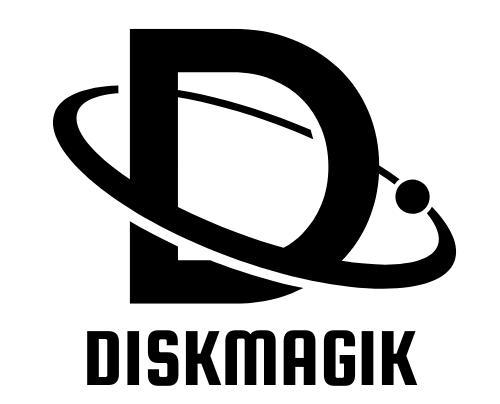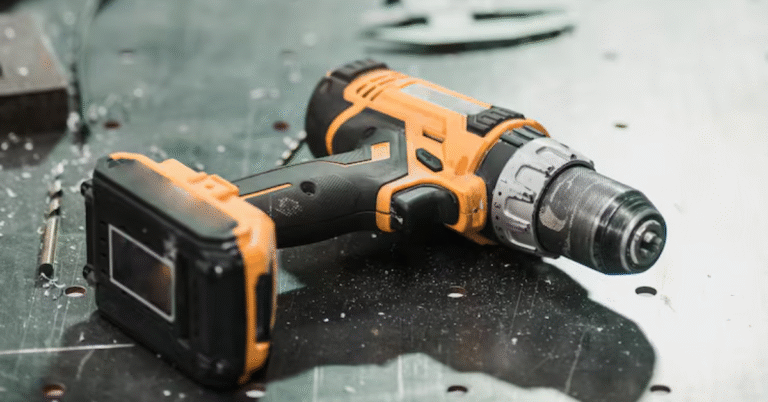Understanding Can Seamers: Key Features That Ensure Airtight and Durable Seals

Behind every can of soda, soup, or salad topping is a silent hero that protects the product from spoilage or contamination: the seamless lid. If the seam fails, nothing else inside the can really matters, so makers of perishable or pressurized goods put a lot of faith in their can seamers. These machines curl the lid edges over the can body and seal them under just the right pressure, creating a hermetic barrier that stays tight from the factory to the kitchen shelf.
Because a tiny gap can cause big recalls, B2B food and drink brands usually choose seaming equipment with solid track records out of the box. Whether the job involves sparkling water, ready-meal vegetables, or protein powders in sleek aluminum tins, everyone knows that the strength of the seal begins and ends with the equipment on the line. In fact, most can filling machine manufacturers make seaming accuracy and long-term dependability two of the loudest selling points when they show entire packaging systems.
In the sections below, we’ll break down why seamers sit at the heart of every high-speed line, list the must-have features that guarantee wrinkle-free, leak-proof seams, and offer practical tips buyers can use to pick the model that fits their output goals.
The Role of Can Seamers in the Packaging Process
Can seamers are heavy-duty machines that lock a can’s body and lid together through a process called double seaming. During double seaming, the edges are folded over themselves in two steps, creating an airtight, tamper-proof seal that keeps beverages fresh and safe.
Unlike basic bottle cappers, a good can seamer must handle:
- high-speed production lines,
- several can sizes and heights,
- different metals, from thin aluminum to sturdy tinplate,
- a range of lid shapes and tabs, and
- strict cleanliness rules for food and drink.
On a fully automatic line, seamers sit just after filling units and close each can right afterward. Doing so stops spills, contamination, or waste and lets the whole line keep moving at peak speed.
Key Features That Define a High-Performance Can Seamer
How well a can seaming station performs depends on its parts and build quality. Here are the top features craft-beverage makers and large can-filling machine manufacturers** look for when picking a premium model.
Precision Seaming Heads
Seaming heads do the heavy lifting when it comes to stitching a can to its lid. Depending on how fast the line needs to move, a machine might sport one head, two, or even a whole row of them. No matter the number, every head has to sit squarely in place to keep each seam looking the same after thousands of cans pass through.
Modern designs usually feature:
- Servo-driven motors that supply steady pressure and follow program tweaks in real time
- Adjustable tooling so operators can switch between tall soda cans and short food tins
- Stainless steel housing which fights rust and wipes clean after every run
- Tooling change kits bundled for plants that handle several sizes each shift
When these heads drift out of line or their parts grow tired, tiny leaks, jagged edges, and bent seams can turn a quality show into a recall nightmare.
Double Seaming Mechanism
At the heart of every can seamer sits the double-seam operation, which breaks down into two simple steps:
- First operation curls the lids edge over the cans flange, forming a loose seal
- Second operation presses and rolls that curl until it grips so snugly air can’t squeeze past
Top-tier machines use hardened rollers matched with precision guides, giving each pass micron-level repeatability. Rollers angle, pressure, and speed all demand careful tuning to lock the seam tight yet spare the cans metal from undue strain.
Seam Inspection Systems
Modern can seamers often come with built-in seam inspection tools that run either while the cans move through the line or just after they leave the seamer. These systems quickly check things like:
- Seam thickness and height
- Overlap length
- Tightness and overall strength
- Any wrinkles or scores
Thanks to X-ray or high-res camera tests that leave the seams untouched, operators get instant alerts, waste drops, and problems are caught long before the product leaves the factory.
Hygiene, Washdown, and Clean-in-Place (CIP) Capabilities
When a factory fills cans with veggies, soups, sauces, or pet food, keeping everything clean is never optional. The best can seamers include features that match tough food-safety rules:
- IP65-rated covers that shrug off hose spray
- Angled surfaces that stop water pooling
- 316L stainless parts that resist rust
- Clean-in-place ports so crews can scrub inside without pulling everything apart
For plants under strict FDA or EU hygiene laws, these extras are simply part of the package.
Integration with Can Filling Machines and Conveyor Systems
Today, can seamers rarely work alone on the line; they seamlessly hook into the filling machine and follow-on equipment such as labelers, coders, and palletizers. To keep production smooth, seamers and can filling machine manufacturers coordinate on a few key tasks:
- Matching speeds so no section lags or overruns.
- Moving product forward without pauses or spills.
- Exchanging status signals that help plan preventive maintenance.
- Feeding line data into central SCADA or MES software.
With PLC controls and touch-screen HMIs, operators get live monitoring, quick recipe swaps, and clear fault guides, making these features a good fit for busy, mixed-product plants.
Selecting the Right Can Seamer for Your Operation
Choosing a can seamer for your business is more than just picking the shiniest machine on the showroom floor. You have to balance what you make today with the growth you expect tomorrow. Keep these questions in mind:
- Product type: Are you sealing fizzy drinks, loose powders, or thick sauces?
- Throughput goals: How many cans per minute do you need the line to fill and seal?
- Container variability: Will you swap between different diameters or heights on the same shift?
- Material compatibility: Does the seamer work well with aluminum, tinplate, or specialty alloys?
- Space and layout: Will the new system fit without forcing you to move every other machine?
- Maintenance and training support: Can the supplier train your team and respond quickly when things go wrong?
Top can filling machine manufacturers sell seamers that are built to be adjusted, so you can add features later instead of buying a whole new line.
Conclusion
A good can seamer sits at the heart of every successful canning line because it seals in flavor, keeps products safe, and runs day after day. Whether you pack drinks, snack powders, or shelf-stable meals, the right machine will meet safety rules and keep your customers happy.
Today’s can seamers come packed with smart automation, real-time inspection tools, and easy-to-clean designs, making them perfect for large factories. When businesses team up with skilled can filling machine manufacturers, they gain faster lines, better quality checks, and dependable performance for years to come.
Buying the right can seamer isn’t simply about closing a lid; it’s really about protecting your product’s hard-won good name.
Also Read: Pappedeckel: The Simple Cardboard Lid That Plays a Big Role






